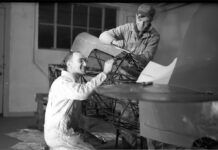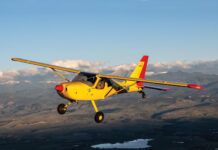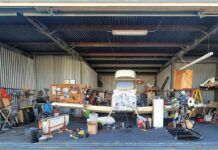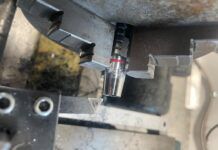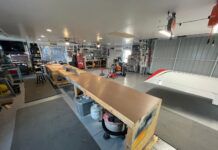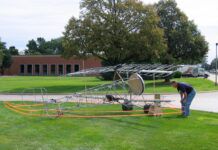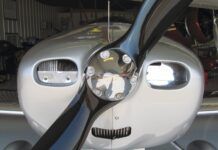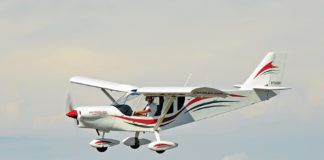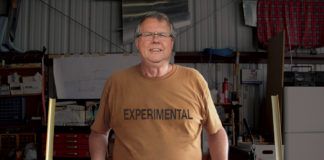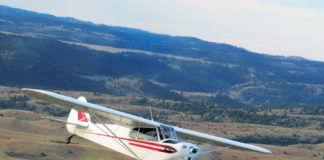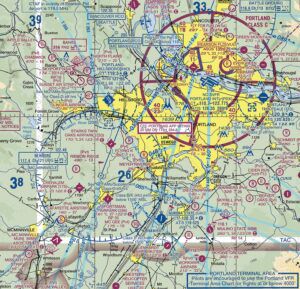
My first winter in Oregon came and went. The weather’s been fairly nice leading into spring, or at least my surroundings look just as they did in Washington, so I feel right at home and often forget I jumped states. Many aspects of my life are different and yet things feel the same—and yet better. Comfortable. I still work with the same people and Brian still calls me to chat every time he hops in his Jeep, even when he’s headed home for lunch. “You realize you’ll see me in five?” I’ll ask. “So the stabilator…” he’ll continue, disregarding my subtle nudge to postpone the RV-15 talk until after I’ve eaten.
I don’t leave the house a whole lot—a major aid in my recent increase in comfort. I buckled into my car the other day only to find the battery was dead. “I didn’t want to leave anyway,” I smirked, crawling up the stairs to return to my sweatpants or, in my case, work pants. The same image was drawn three weeks later, a jump-start occurring somewhere in between. Oops!
Brian and I spent the past few months indoors, ripping down wallpaper and making things pretty. I haven’t gotten to fully take advantage of our hangar because there currently aren’t any projects in there for me to work on, so there were a handful of days where I forgot where we live—that there’s a runway out there. One day I found a plastic bag in our crawl space that read Cleveland Brakes under a fine layer of dust. “What are the odds!” I thought, before remembering the previous owners were airplane nuts too. A short while later Brian tossed a Basler Aircraft keychain down from the attic. High. The odds are high.
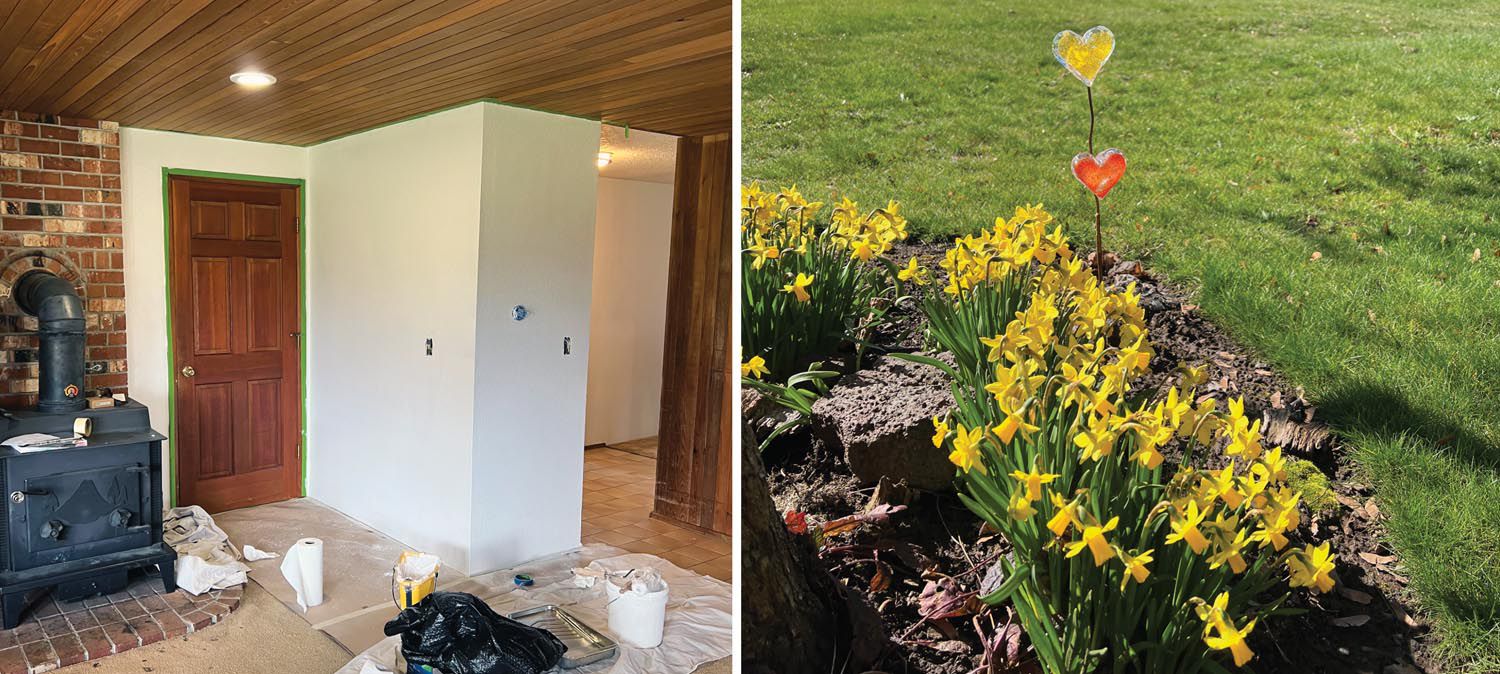
My People
As you know, there are many general aviation businesses in Oregon and with that a large number of airparks nestled between cities, crawling with homebuilders. It’s a short drive from here to Rob Hickman’s house, where his children and I steal beer he brews in his hangar. He makes it using an all-grain process just like the pros, not with extract, which is the more common method among home brewers because the all-grain method requires more specialized equipment. Speaking of special equipment, Rob couldn’t help himself and added some automation driven off of an AF-5000 prototype EFIS, complete with a 3D-printed bezel. On nice days we hang out in the driveway and Greg Hughes, another member of the Van’s Aircraft crew, wanders over to chat. All are based at a grass strip called Dietz Airpark, which lies just to the east of Aurora’s Class D boundaries.
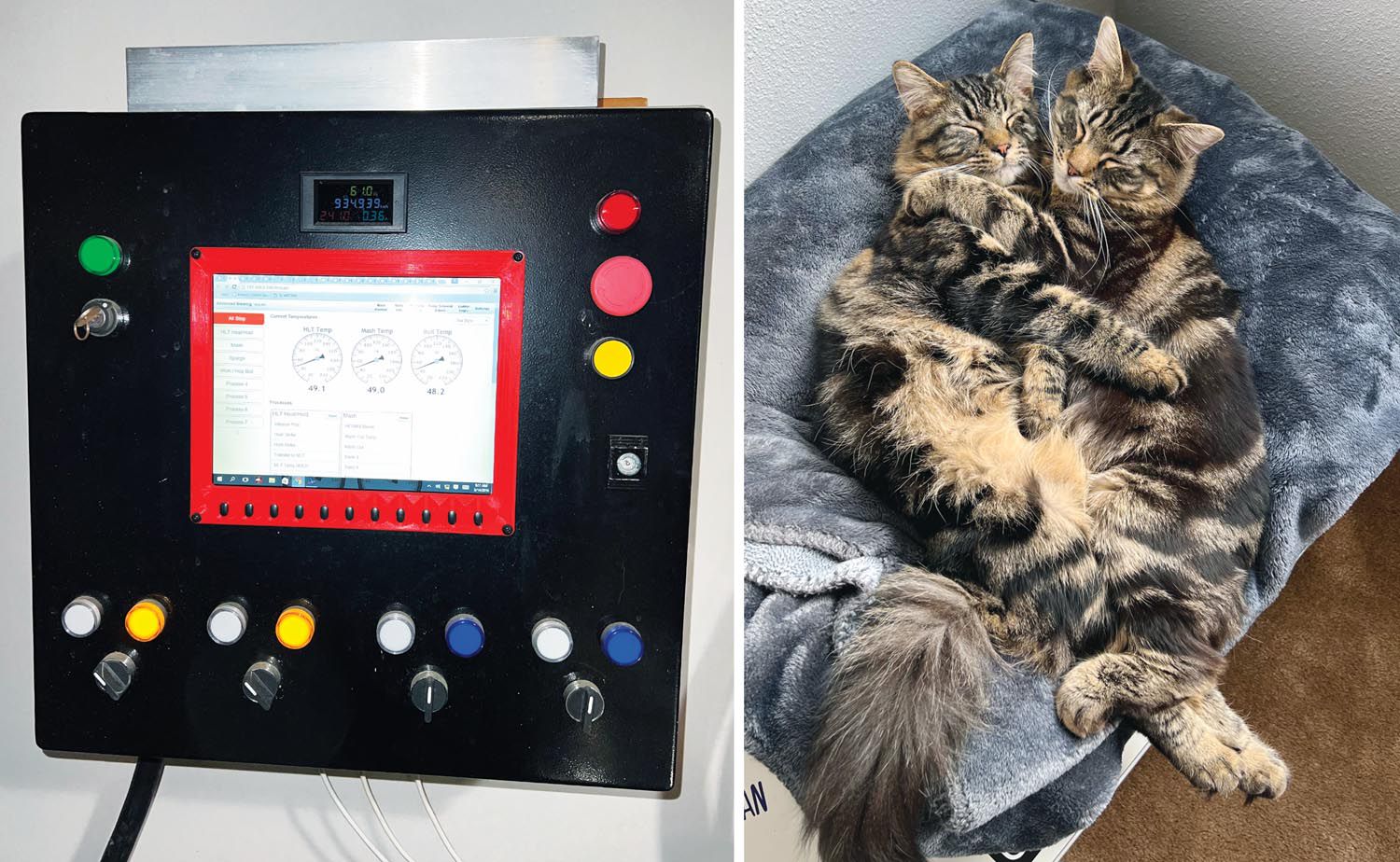
How many airports in this part of the world? If you drew a circle with a 40-mile radius centered on Portland International, there would be more than 50—yes, five-oh—airports inside it. Some are sleepy farmer’s fields that don’t see much activity. Some, like Hillsboro and McMinnville (home of the Evergreen Aviation & Space Museum and the Spruce Goose), are overflowing with training activity when the weather permits. On a sunny weekend day, the patterns are packed.
My airpark is pretty sleepy in comparison. There are fewer active pilots than at Dietz and not many people fly in to sample the crabgrass. When I am serenaded by that familiar engine sound it’s almost always the one and only high-wing RV followed by a low-wing one. Van’s test pilot Axel Alvarez and Brian chase each other to “collect data” while I peer out my east-facing window and enter yet another purchase order. “All work and no play,” I’ll say to the cats who have no idea their owners have hobbies that don’t pertain to them and who can’t appreciate the desire to replace the computer keyboard with a control stick most every day.
Axel flew the RV-15 over on one of his few unaccompanied flights. I stood in my lawn and watched him execute a handful of simulated engine-outs on either end of the runway since winds were calm. This was my first time seeing the -15 in action and I must say, I want one. Brian’s landing gear looked great—perfect for the grass runway our 95-year-old neighbor sometimes lets get a little tall. (We cut him some slack.) From my vantage point, the airplane sure looked slow on approach and stopped quickly. Our runway is 2200 feet long and all I can say is, Axel certainly didn’t need much of it.
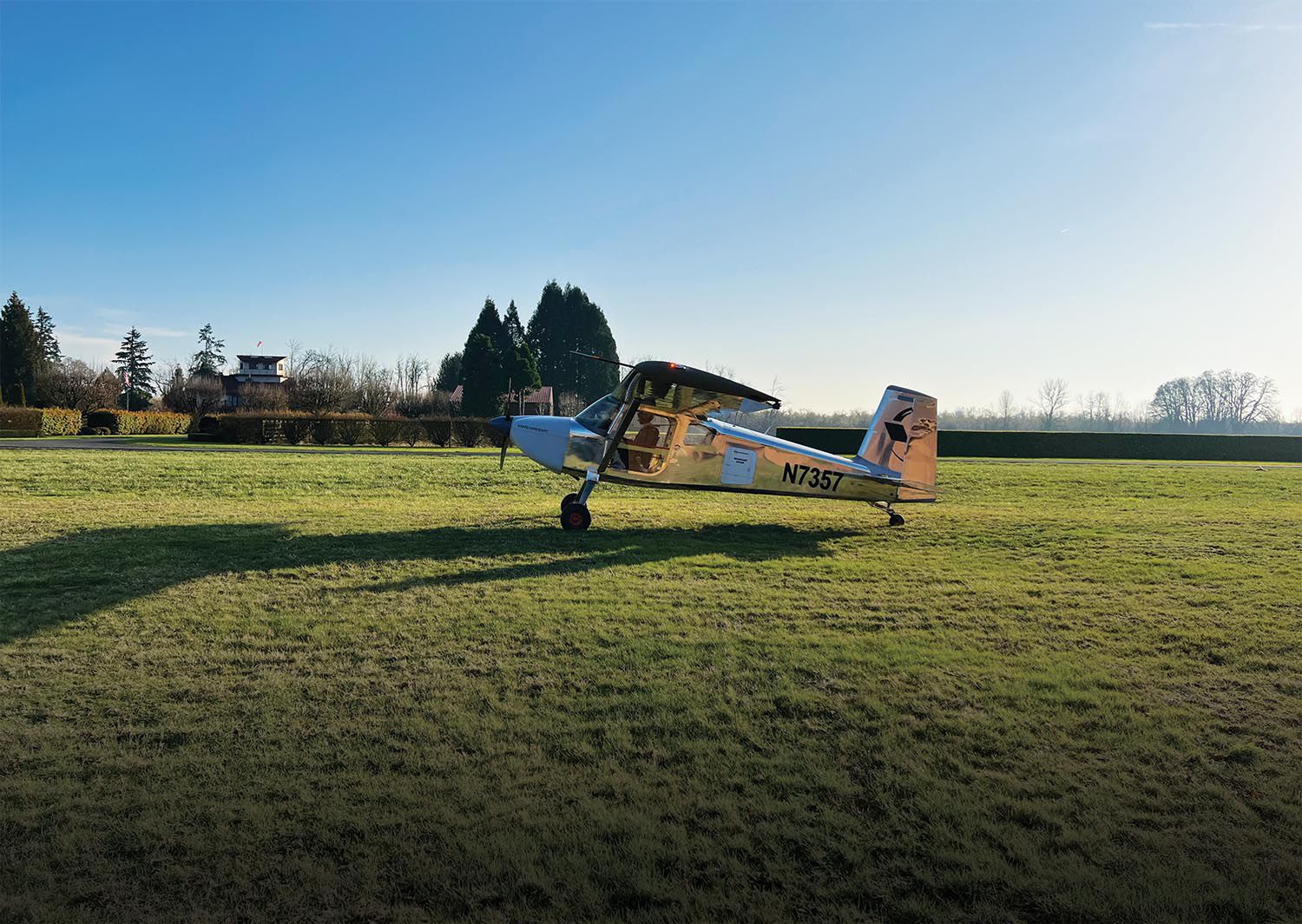
The Van’s employees aren’t the only ones having fun around here. Marc Cook and I went up in his GlaStar a couple times so I could knock out my required six instrument approaches for currency. He played safety pilot while I got used to slowing down a slippery airplane with a fixed-pitch propeller—the trickiest part about shooting approaches in his plane. I had to shake some rust off, of course, but overall everything felt great and I was thrilled I still knew how to chase the needle.
This was my first time flying a GlaStar. I have over 50 hours in the larger, more powerful Sportsman and roughly 250 in a C-172. Initially, the GlaStar felt more like the C-172, which I mostly chalk up to horsepower and the little wheel being up front, since all of my Sportsman time is in a taildragger. With a fixed-pitch prop, Marc’s GlaStar is more like the Cessna in that it doesn’t slow down as easily as the Sportsman. I also got my first landing at home, which was exciting! I had to go around on my first attempt because I came in a little low and slow, but avoided making that mistake on my second attempt, the bossman coaching me down. It felt great to be using my new home runway, finally, and not have it seem like an abstract thing—nice grass for someone else to mow.
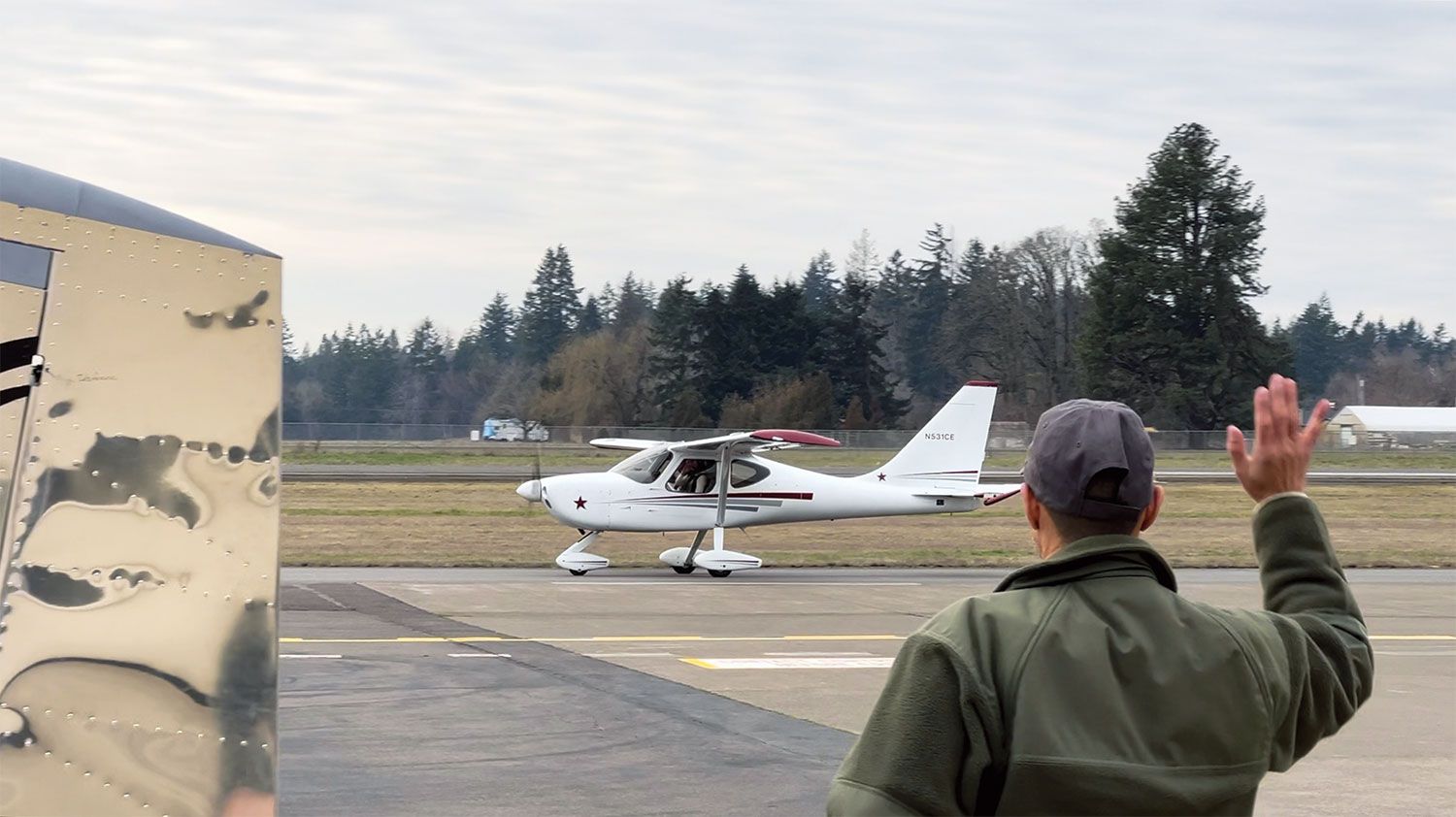
Out on the Town
Canby is really small, but charming. We’ve got some good restaurants, which make for a nice escape when I’ve had it with pajamas. Brian and I often run into members of the Pudding River Bearhawk Gang. “What are the odds!” we’ll say, sidling up to Ken Scott and Rion Bourgeois for a beer and quick chat—about airplanes, of course. It seems there’s no escaping aviation around here and I’m OK with it. This surprised me at first—even the local news meteorologist is a pilot—but it helps reinforce why I moved to this part of Oregon.
I suppose the odds of bumping into a homebuilder are fairly high since Oregon played a major role in establishing what would become the Experimental/Amateur-Built class of aircraft—and helping to set in motion the vital industry that supports it today. George Bogardus flew his homebuilt airplane, the Little Gee Bee, from Oregon to Washington, D.C., on three separate occasions to convince the Civil Aeronautics Administration and the Civil Aeronautics Board that people could and should be able to build and fly their own airplanes under the guidance of sensible rules and regulations. In 1952 the CAA enacted the legislation and a year later Paul Poberezny founded the Experimental Aircraft Association. It’s true: We have aviation in our veins—and Basler keychains in our attics to prove it.
Photos: Ariana Rayment and Brian Hickman.


